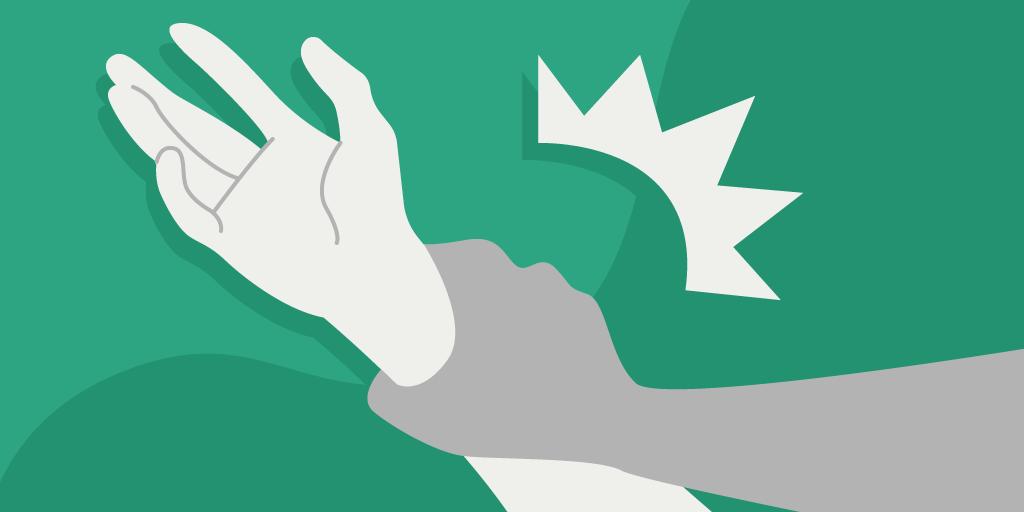If you’ve been reading Qminder blog, you’ve heard of customer journey mapping — a way to analyze how customers are handled by your service system.
But this doesn’t only apply to retail. In healthcare, there is such a thing as patient journey mapping.
Patient journey mapping is a way of visualizing the service experiences of patients over time. It shows the sequence of all the touchpoints a patient goes through during the treatment process.
This includes the touchpoints that occur pre, during, and post-visit.
Patient journey mapping helps visualize the patient experience. For the care providers, it makes it easier to adjust the care process, identify pain points and opportunities for innovation, and eliminate potential blind spots.
But don’t simply take our word for it. Let’s review, together, what makes patient journey mapping a crucial part of improving healthcare experiences.
The touchpoints of patient journey mapping
As we’ve mentioned earlier, there are three types of touchpoints to patient journey mapping:
Pre-visit
Visit
Post-visit
What does every step involve and what are some ways you can make them better from the get-go? Let’s take it from the top.
Pre-visit
Pre-visit encompasses everything a patient needs to do before getting to the “care” part of healthcare. This may include having an online consultation, choosing the right venue/service/practitioner and, optionally, booking an appointment.
Visit
This touchpoint encompasses the arrival of a patient, going through reception, patient case management, queuing, waiting, and the actual service/care.
If we’re talking about a walk-in patient (one who did not make an appointment), this is the step where patient check-in occurs. Incidentally, this is also where a lot of hospitals fail.
The problem is, many medical facilities still choose to use so-called sign-in sheets.
Normally, we advise against using such sheets, not in the least part because they are incompatible with HIPAA. There are other causes for concerns, too: sign-in sheets take too much time to fill out and handle, and eat up too many resources.
As more and more digital patient check-in options emerge, sign-in sheets are becoming obsolete. The way forward for patient experience is paved by patient self-management and decentralization of waiting areas.
Regarding the latter, getting rid of waiting areas has the benefit of not only reducing stress, but also minimizing infection rates.
If you want to learn more about the adverse consequences of long hospital lines, read our article The Effects of Waiting in Healthcare.
(A simple stat for you: 30% of patients experiencing long wait times leave before seeing the doctor, and 20% change their healthcare providers altogether.)
Post-visit
The care process doesn’t end once the doctor waves you farewell and closes the door behind you.
The post-visit part of hospital visits is centered around patient feedback in the form of questionnaires, surveys and other means of collecting opinions.
Getting patient feedback is essential to improving patient experience, patient satisfaction, quality of care and, ultimately, patient retention. The reason why is patients’ unique, first-hand perspective.
Despite years of expertise, or maybe even partly due to it, physicians develop blind spots for present issues in the care process. That’s why reducing wait times in hospitals is such a huge effort.
When it comes to patient care, conjectures are not enough. You need to base your decisions on experience-based patient surveys if you want to learn the harsh truth about the quality level of your care.
The benefits of patient journey mapping
The core idea behind patient journey mapping is that it’s important to understand how patients proceed through the care delivery system.
There are many components to your typical hospital visit, and no single member of staff can probably see the entire picture and judge how well the care machine is oiled.
The only method of gaining a comprehensive overview is through — you guessed it — patient journey mapping.
As a result, you get to achieve all of the below:
Streamline processes and workflows: optimizing patient flow in healthcare is something that not only raises patient satisfaction, but also helps cut expenses.
Improve communication with patients: even something as simple as [greeting a patient can help alleviate their stress, anxiety and pain](/blog/queue-management/importance-greeting-patients/!
Increase staff efficiency: equipped with clear guidance, hospital staff can anticipate and solve problems more easily, which in turn improves the level of their own experience.
Continuous improvement: patient journey maps offer data-backed insights into the quality of care, making it easier to make informed, company-wide decisions.
Mapping patient journeys
As explained above, patient journeys are complex and multidimensional. So it goes without saying that there are many different problems that analyzing patient journeys can uncover.
From multiple hand-offs (handing a patient to another specialist) and duplication of processes to suboptimal use of staff’s time, etc.
When mapping patient journeys, you need to look hard at how the care process is structured and ask yourself these questions:
How many times hand-offs occur?
What are the longest delays/bottlenecks?
What is the approximate time taken for each step?
What is the wait time between each step?
Is the task at each step undertaken by the most appropriate staff member?
Are there duplicate or reoccurring steps?
The purpose of patient journeys is to understand what happens to the patient at any given time, and examine the process for potential bottlenecks, of which there are two types: process bottlenecks, and functional bottlenecks.
Process bottlenecks occur with the steps that take a long time to complete, due to inherent complexity of the operation.
On the other hand, functional bottlenecks cause disruptions due to high demand from a number of sources. Radiology, pathology and radiotherapy are typically referred to as functional bottlenecks.
While the first type of bottlenecks is hard to fix, unless medical technology advances, we can help hospitals with functional bottlenecks.
Sure, healthcare is unlike retail, but there are similarities when it comes to the issue of queuing, which is all about the balance of supply and demand.
Improving patient queue management should not be the only item on your list, but it is a crucial aspect of patient experience. Patient retention is decided, to a large extent, by how well your wait time management is organized.
There are already many digital queuing systems out on the market, so instead of spending time and resources on engineering an in-house solution, you should get the one that fits your needs the most.
Bonus: List of 25+ Patient Queue Management Systems
The Qminder wait management system is used by dozens of hospitals, clinics and other health providers.
Qminder gives you the tools, and the data, to correctly map out your patients' journey.






